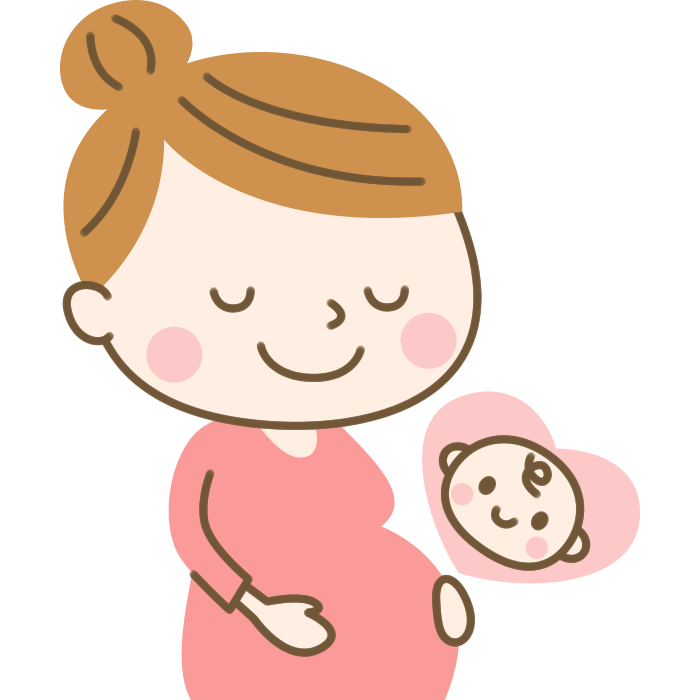Tranexamic Acid for the Prevention of Blood Loss after Cesarean Delivery
N Engl J Med. 2021 Apr 29;384(17):1623-1634. doi: 10.1056/NEJMoa2028788.
https://pubmed.ncbi.nlm.nih.gov/33913639/
個人的にトラネキサム酸関連の論文は興味があるので、昨日の論文を拝見して興奮してしまいました。
トラネキサム酸関連の論文は本ブログで多数掲載していますが、今回は帝王切開後の分娩後出血量に関する影響です。有意に出血量を抑える結果となっておりますが、副次的解析では有意な差が出ていないようです、おそらく計算方法によるものなのでしょうか。
CRASH-3急性頭部外傷患者に対してトラネキサム酸を投与することは有用である
![]()
Background: Prophylactic administration of tranexamic acid has been associated with reduced postpartum blood loss after cesarean delivery in several small trials, but evidence of its benefit in this clinical context remains inconclusive.
Methods: In a multicenter, double-blind, randomized, controlled trial, we assigned women undergoing cesarean delivery before or during labor at 34 or more gestational weeks to receive an intravenously administered prophylactic uterotonic agent and either tranexamic acid (1 g) or placebo. The primary outcome was postpartum hemorrhage, defined as a calculated estimated blood loss greater than 1000 ml or receipt of a red-cell transfusion within 2 days after delivery. Secondary outcomes included gravimetrically estimated blood loss, provider-assessed clinically significant postpartum hemorrhage, use of additional uterotonic agents, and postpartum blood transfusion.
Results: Of the 4551 women who underwent randomization, 4431 underwent cesarean delivery, 4153 (93.7%) of whom had primary outcome data available. The primary outcome occurred in 556 of 2086 women (26.7%) in the tranexamic acid group and in 653 of 2067 (31.6%) in the placebo group (adjusted risk ratio, 0.84; 95% confidence interval [CI], 0.75 to 0.94; P = 0.003). There were no significant between-group differences in mean gravimetrically estimated blood loss or in the percentage of women with provider-assessed clinically significant postpartum hemorrhage, use of additional uterotonic agents, or postpartum blood transfusion. Thromboembolic events in the 3 months after delivery occurred in 0.4% of women (8 of 2049) who received tranexamic acid and in 0.1% of women (2 of 2056) who received placebo (adjusted risk ratio, 4.01; 95% CI, 0.85 to 18.92; P = 0.08).
Conclusions: Among women who underwent cesarean delivery and received prophylactic uterotonic agents, tranexamic acid treatment resulted in a significantly lower incidence of calculated estimated blood loss greater than 1000 ml or red-cell transfusion by day 2 than placebo, but it did not result in a lower incidence of hemorrhage-related secondary clinical outcomes. (Funded by the French Ministry of Health; TRAAP2 ClinicalTrials.gov number, NCT03431805.).
背景:トラネキサム酸の予防投与は、帝王切開後の分娩後出血量減少と関連することがいくつかの小規模試験で示されているが、この臨床の場における有益性のエビデンスはまだ決定的なものではない。
方法:多施設共同二重盲検無作為化比較試験で、分娩前または分娩中に帝王切開が決定された妊娠 34 週以降の女性を、子宮収縮薬の予防的静注に加えて、トラネキサム酸(1 g)の投与を受ける群と、プラセボの投与を受ける群に割り付けた。主要転帰は分娩後出血とし、計算で求めた推定出血量が 1,000 mL を超える、または分娩後 2 日以内に赤血球輸血が行われることと定義した。副次的転帰は重量法による推定出血量、医療者評価による臨床的に重要な分娩後出血、子宮収縮薬の追加投与、分娩後輸血などとした。
結果:無作為化された 4,551 例のうち 4,431 例で帝王切開が行われ、うち 4,153 例(93.7%)で主要転帰のデータが得られた。主要転帰は、トラネキサム酸群の 2,086 例中 556 例(26.7%)とプラセボ群の 2,067 例中 653 例(31.6%)に発生した(補正リスク比 0.84,95%信頼区間 [CI] 0.75~0.94,P=0.003)。重量法による推定出血量の平均や、医療者評価による臨床的に重要な分娩後出血、子宮収縮薬の追加投与、分娩後輸血があった女性の割合に、群間で有意差は認められなかった。分娩後 3 ヵ月以内に血栓塞栓イベントが発生したのは、トラネキサム酸の投与を受けた女性の 0.4%(2,049 例中 8 例)とプラセボの投与を受けた女性の 0.1%(2,056 例中 2 例)であった(補正リスク比 4.01,95% CI 0.85~18.92,P=0.08)。
結論:帝王切開が行われ子宮収縮薬の予防投与を受けた女性にトラネキサム酸を投与すると、計算で求めた推定出血量が 1,000 mL を超える割合、または分娩後 2 日以内に赤血球輸血が行われる割合がプラセボよりも有意に低くなったが、出血に関連する副次的臨床転帰の発生率は低くならなかった。(フランス保健省から研究助成を受けた.TR 試験:ClinicalTrials.gov 登録番号 NCT03431805)



コメント